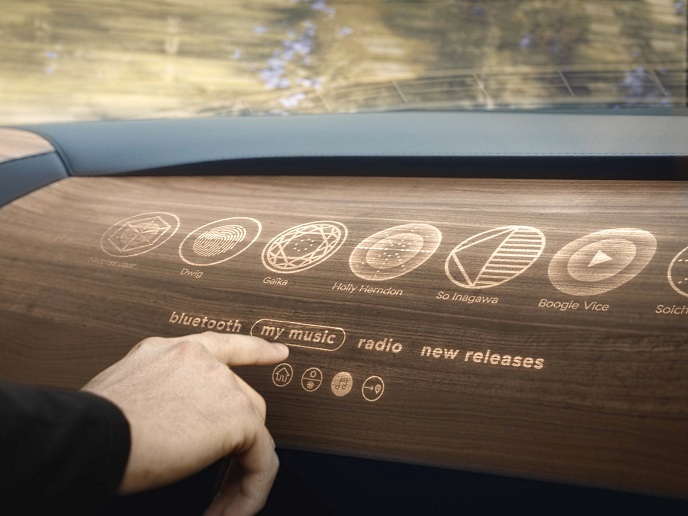Methods, tools and models to promote energy-efficient, cost-effective district and neighbourhood renovation
Enhancements in the energy performance of buildings are especially effective in emission reduction. That’s because emissions in this area could be reduced by around 90 % by 2050. District-scale approaches are necessary, especially when a rapid transition to energy efficiency and renewable energy use is currently taking place. The EU-funded MODER(opens in new window) project’s vision was to “improve cooperation and possibilities for key actors to work with municipalities in significantly reducing CO2 emissions from the built environment,” says coordinator Jyri Nieminen. “The biggest barrier to overcome is getting several owners involved and reaching consensus when starting refurbishment projects in districts and neighbourhoods.” Most buildings are renovated independently, missing out on opportunities to use, generate and store energy more efficiently through collaborative efforts. Innovative solutions for refurbishing buildings at district level To compare and visualise options for refurbishment, MODER introduced visualisation and simulation tools, and process and business models for building renovation in districts. The tools and practices can be used in the early stages of the renovation process to compare energy, greenhouse gases and life-cycle costs. The project promoted the consideration of both energy and cost savings to increase the interest of owners and users in project participation and decision-making. The focus was on buildings and energy systems since they have a major impact on emissions from a city’s energy use. By visualising the results of energy simulations, the MODER team helped to improve the understanding of complex energy systems. This visualisation concerns the development of a district’s information modelling, namely a 3D model of a city or city district with information on the technical solutions for buildings and infrastructures. Visualisation provides alternative energy scenarios, and facilitates the comparison of choices and decision making. The energy simulation tools can simulate an entire district, from energy production and delivery to final energy use. These tools provide energy demand and use, and technical solutions and expenditures required for improvements. Enhanced living environment with lower investment, higher profits Project partners developed process and delivery models for complex district-level development and renovation. The process models describe the workflows, tasks and roles of different stakeholders involved in projects, results of various phases and key performance indicators for measuring the process’s success. They also developed business models for engineering companies, consultants and energy managers to profitably offer services to owners. Such models focus on actors who could assume the role of the project developer in neighbourhood- and district-level refurbishment. The project team successfully tested and validated the tools, delivery and business models using real case studies in Finland, Latvia and Slovenia. “MODER’s most significant output is the possibility to accurately simulate energy use and production in a district and analyse the impact of various options on carbon emissions,” explains Nieminen. “This will optimise measures for emission reduction that also have an impact on refurbishment costs.” Ultimately, the project should boost the building refurbishment business in European and global markets.







